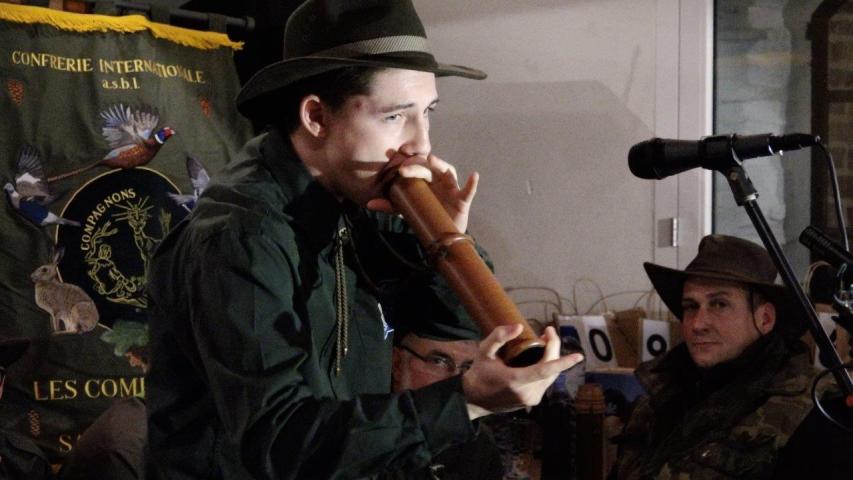Since 2017, the MIM has been producing short documentaries focused on traditional music in Belgium. These films are published with English subtitles on the museum’s YouTube channel.
The Moncrabeau Royal Society & the 40 Molons
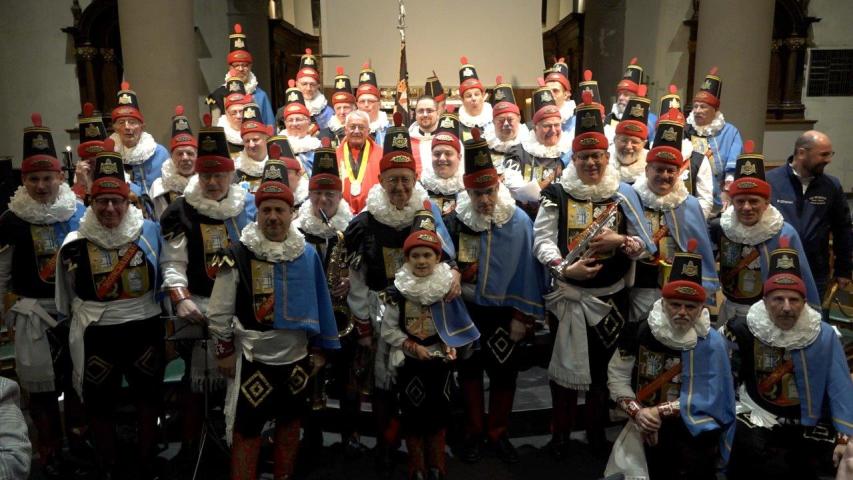
The Last Post

The bell ringer
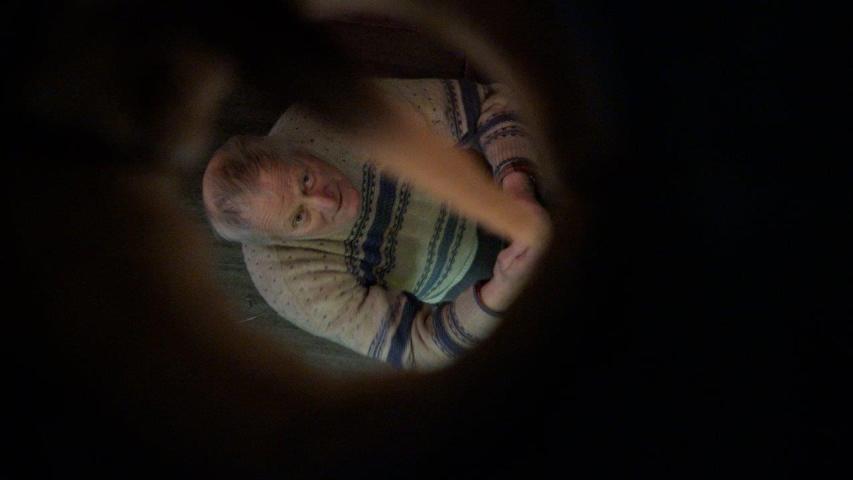
The Trawantel
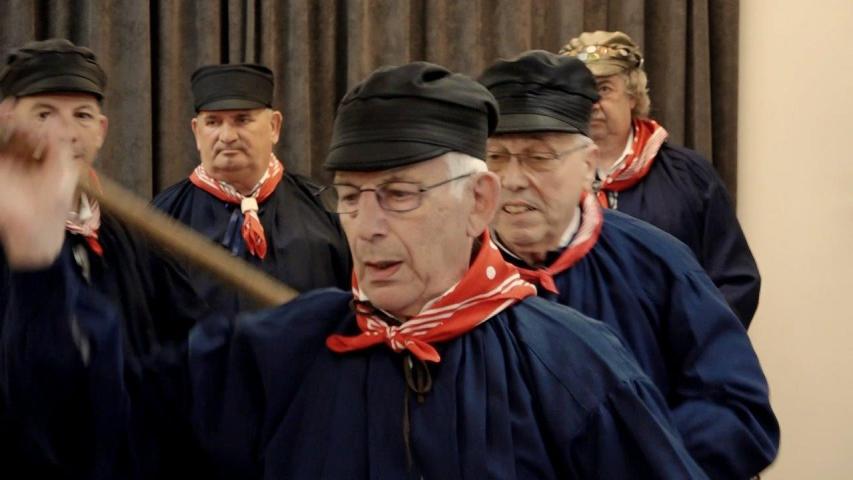
Sounds of the Binche carnival
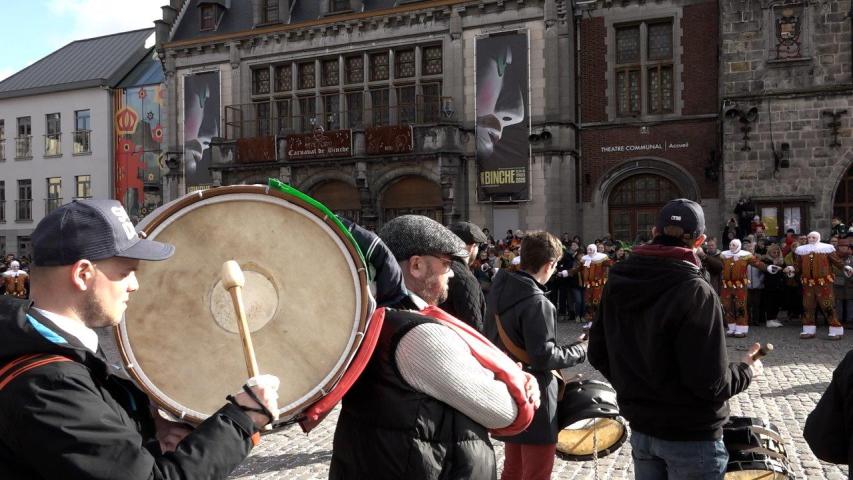
Saint Catherine's ball in Haine-Saint-Pierre
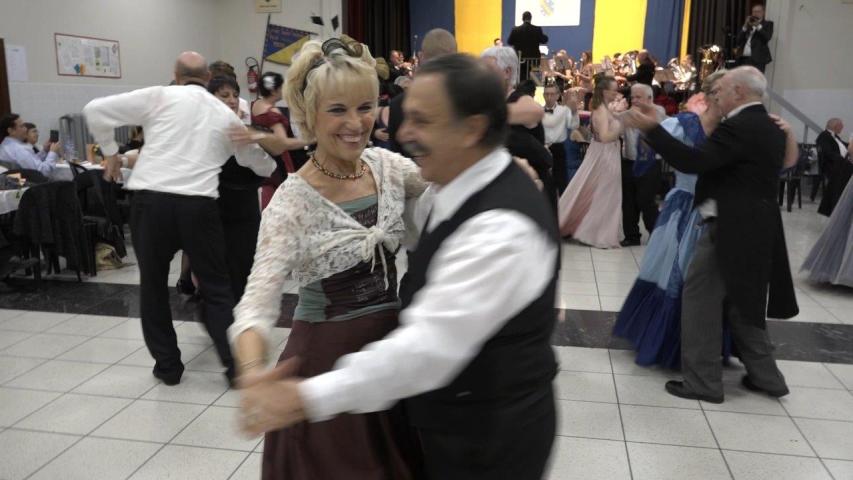
Knaptand
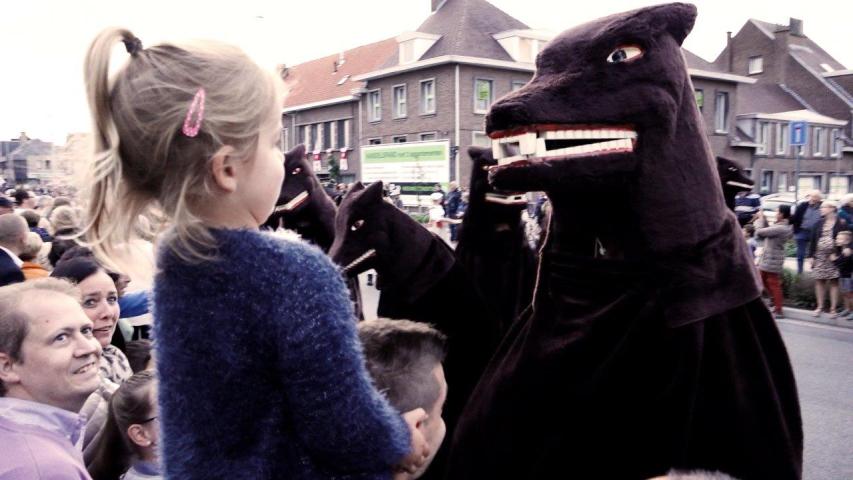
The ratchet of the Holy Week
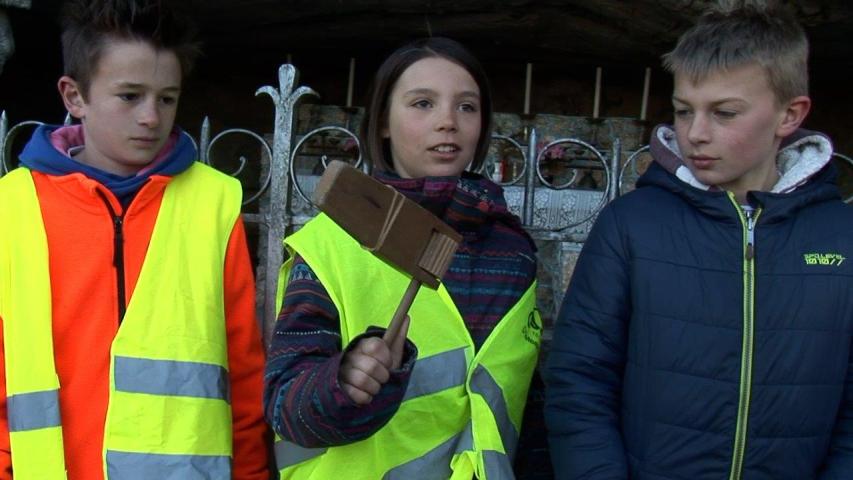
Music of the crâmignons in the Basse-Meuse area
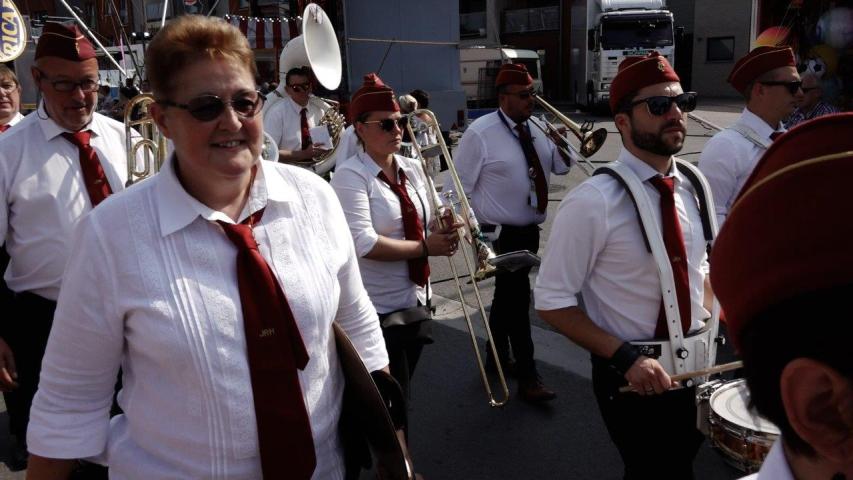
Hanske Knap
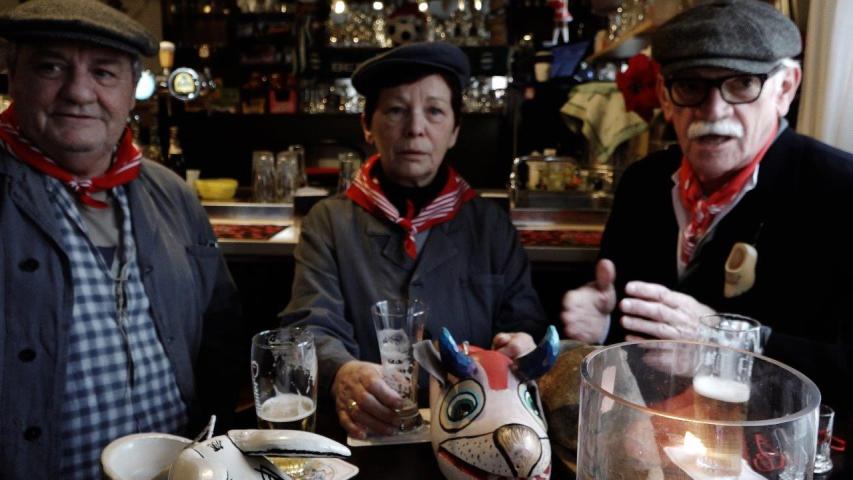
National deer bell imitation championship 2018
